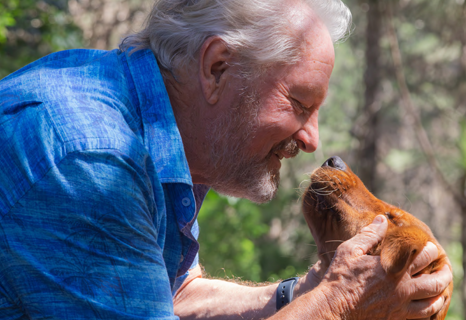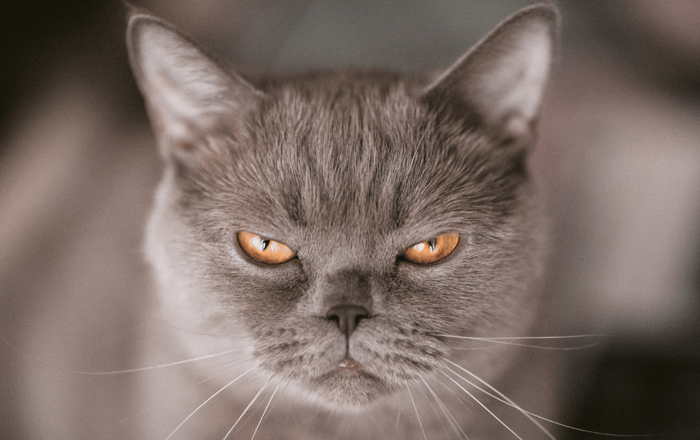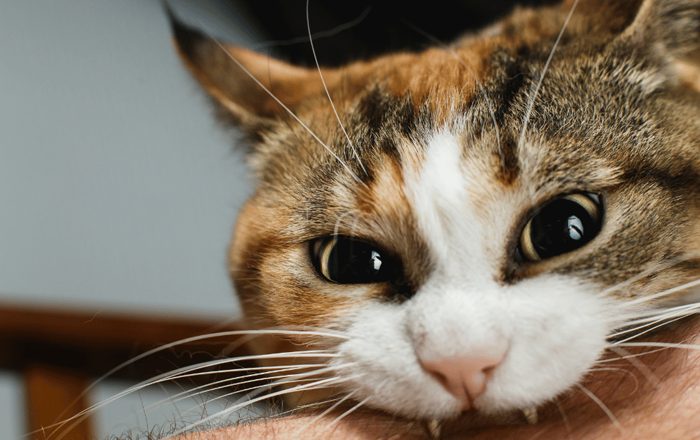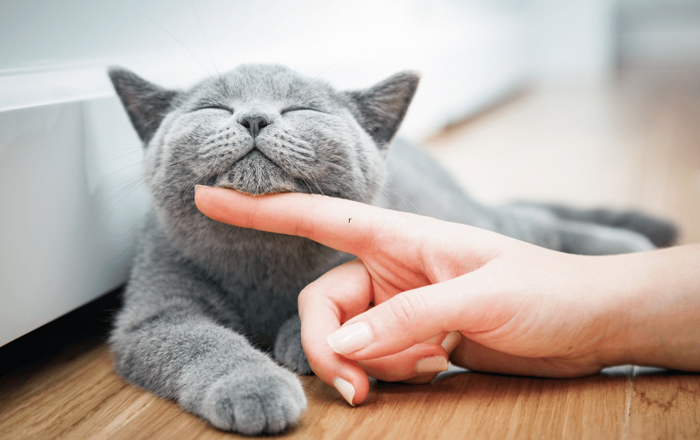
Mark Vette is a world-renowned Animal Behaviourist, Zoologist and Trainer. He brings together a unique combination of academic studies with 40 years of applied clinical animal behaviour consulting and treatment. Mark is a member of the International Association of Animal Behaviour Consultants. This article was written by Mark and the views expressed are his own.
If you’ve ever wondered why your cat bites you, avoids your pats at times, or seems to change their mind about whether they like having you around or not - it could be that you’re stroking your cat wrong!

Don’t rub your cat up the wrong way!
Cats are a bit different to dogs (no surprises there!) as they aren’t inherently social, and while some love a lot of stroking and touching, many don’t like to be stroked the way we would usually do it. Often your cat may just be tolerating the way you stroke him because of the benefits your relationship bring him - food, shelter, attention, treats, play…
If you suspect your cat isn’t loving all of your touching, you’re probably right, but often this is to do with WHERE you’re touching your cat.
What DON’T cats like?
Many cats don’t like their back end or rump region being touched as it’s related to mating behaviour. The male stamps on the rump during mating while nape biting the female…this stimulates a counter-biting reflex in the cat being stimulated on the rump. So touching a cat in this area often produces biting. Also lots of cats also don’t like their belly being touched, they evolved to keep this area protected so they likely see touching in this area as a threat.
If your cat was well handled and socialised by humans from a young age, then they’re more likely to enjoy all over handling. But pay attention to your cat’s body language and see what he enjoys!

Signs your cat is not enjoying the touch:
- They go still and stop purring or leaning in for strokes or rubbing against you
- They move away from you
- Ears become flattened or rotate backwards
- They shake their head
- Fur on their back appears to ripple
- They lick their nose
- Turn their head sharply to face you or your hand (or bite!)
- They suddenly start grooming themselves, lasting only a few seconds
- Their tail starts to flick and thump, a sure sign they are getting peeved off
The signs can be quite subtle
Signs your cat IS enjoying your touch
- Your cat’s tail being vertically raised as they run toward you.
- Purring, kneading, and your cat actively pushing and rubbing its head towards you. They often rub their cheek onto you and may circle around your legs rubbing and have tail upright. These are courtship behaviours and close social soliciting behaviours. They have pheromone glands on the cheeks they rub mark onto you too, when rubbing cheeks on you.

The best way to stroke your cat
The BEST way to stroke a cat is around the cheeks, base of the ears and under the chin. There are lots of glands in this area and a cat’s natural inclination is to rub against things with these areas to leave his scent, which means stimulation naturally feels nice here and touching there arouses non-aggressive and pro-social behaviours, especially in the cheek area.
Stroking your cat in the right way will help your cat bond with you more closely. Do this by focusing on the cheek area initially then moving elsewhere if they accept your invitation. Also if you half close your eyes when handling a cat you mimic their social soliciting facial posturing and induce more prosocial responses in return!
Always consult your vet on the best way to look after your pet. And to avoid unexpected costs, make sure your pet is insured.
Have a look at our pet insurance plans to choose the right insurance plan for your pet.
